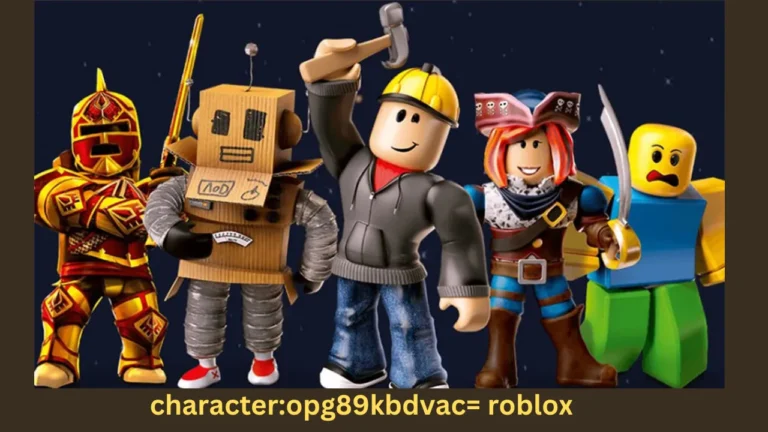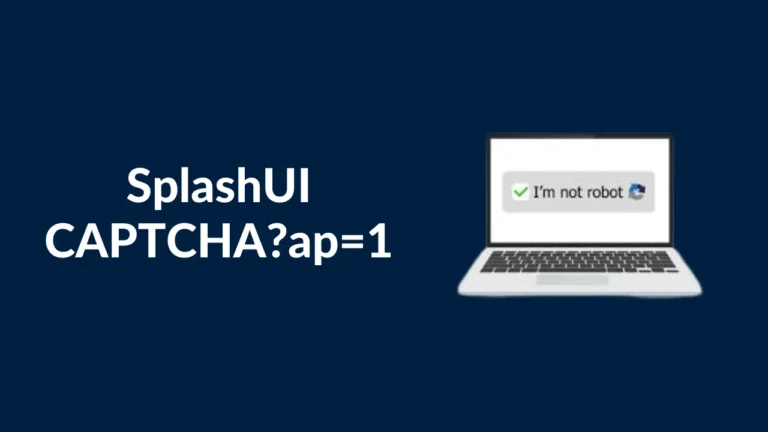From Concept to Screen: How Game Studios Develop Iconic Character Designs
In video games, character design is one of the most critical aspects of creating an engaging and immersive experience. Iconic characters often become synonymous with their games, and the journey from initial concept art to fully animated, in-game personas requires a meticulous, creative, and technical process. Leading game studios UK and around the world leverage a mix of artistic talent, innovative technologies, and character design services to bring these characters to life.
This article explores how game studios develop iconic character designs, covering every phase from conceptualization to the final product that players interact with on their screens.
1. Conceptualization: The Birth of an Idea
The character design process begins with brainstorming and conceptualization. At this stage, game studios work closely with narrative designers, world builders, and artists to align the character’s visual identity with the overall theme of the game. The key factors considered during this phase include:
Character backstory: What role does the character play in the game? Are they the protagonist, antagonist, or a supporting character? A strong narrative foundation helps define the character’s appearance, personality, and abilities.
Game world aesthetics: The design of a character must complement the game’s environment. A stylized world will have stylized characters, while hyper-realistic games demand meticulously detailed character models.
Target audience: The type of game and its target audience influence character design. For example, characters in children’s games may have more exaggerated features, while action games often feature more realistic and muscular designs.
Concept artists at game studios UK sketch multiple iterations of the character, refining their look, stance, and key attributes. These early sketches are used to communicate the general idea of the character before moving into more detailed stages.
2. Refining the Design: Collaboration with Concept Artists
Once a general direction for the character is established, the design is further refined by skilled concept artists. This phase involves fleshing out details, including facial expressions, costumes, accessories, and potential weapons or tools the character might use in the game.
In many game studios, collaboration with character design services helps streamline the process, allowing external specialists to contribute fresh perspectives and expertise. Character designers often create multiple designs for the same character, offering diverse options that are then reviewed by the creative team to select the most fitting portrayal.
Key elements refined during this phase include:
Silhouettes and shapes: A strong character silhouette is crucial for recognizability. Characters like Mario, Lara Croft, or Kratos have distinct shapes that make them easily identifiable.
Color schemes: Colors play a significant role in conveying a character’s personality. Warm colors might suggest a friendly character, while darker tones often indicate an antagonist.
Costume design: The attire and accessories of a character reflect their role, background, and the game world they inhabit. Whether it’s futuristic armor, medieval garb, or streetwear, costumes help define the character’s identity.
3. 3D Modeling: Bringing the Character to Life
Once the concept is finalized, the design moves to the 3D modeling phase. Here, artists use specialized software to transform the 2D concept into a 3D model that can be animated and integrated into the game. The complexity of the model depends on the game’s visual style, from low-poly designs for stylized games to high-detail models for hyper-realistic ones.
During the modeling process, game studios UK rely on experienced character modelers who work with tools like Blender, Maya, or ZBrush to ensure the model accurately captures every aspect of the character. High-level attention to detail is essential here, as this stage determines how the character will look in-game, including how light, shadows, and textures will interact with the model.
Key considerations during 3D modeling include:
Topology: Ensuring the character’s mesh structure is optimized for animation.
Detailing: Fine-tuning facial features, wrinkles, and clothing textures for realism.
Proportions: Maintaining the correct proportions as seen in the original concept.
4. Rigging and Animation: Giving the Character Movement
Once the 3D model is ready, it moves on to the rigging and animation phase. Rigging involves creating a skeletal structure for the character, allowing it to move in realistic ways. Animators then use the rig to bring the character to life, developing everything from basic movements like walking and jumping to complex actions like fighting, dancing, or interacting with the environment.
This stage of development is where character design services often make a significant impact. Rigging specialists ensure that the character’s skeleton is flexible and functional while maintaining the visual integrity of the design. Animation teams then add dynamic motion, ensuring that the character’s movements feel natural and are aligned with the game’s mechanics.
For metaverse or open-world games, game studios UK may implement motion capture technology to create lifelike animations. Using real actors to record movements, the studio can capture even the subtlest nuances of human motion, adding layers of realism to the character.
5. Texturing and Shading: Adding Realism to the Model
Texturing and shading are essential for making a character feel grounded in its world. Texturing involves applying materials to the 3D model, giving it the appearance of skin, fabric, metal, or other surfaces. Shading adjusts how light interacts with these materials, affecting how the character looks under different lighting conditions.
For game studios aiming for realism, this phase is critical. Characters need to appear convincing under various in-game environments, whether in sunlight, rain, or shadow. Special attention is paid to skin textures, hair, clothing, and environmental wear like dirt or scratches, which enhance the character’s depth and believability.
6. Integration into the Game World: The Final Touches
Once the character design is complete, it is integrated into the game world. At this stage, developers ensure that the character interacts smoothly with the game environment, including NPCs (non-player characters), objects, and physical elements like water or wind. Any final tweaks are made to adjust how the character looks, moves, or behaves within the game’s setting.
Testing is a vital part of this process. Game Studios UK conduct multiple tests to ensure that the character’s animations don’t glitch, textures load correctly, and performance is optimized across different platforms. Only after passing rigorous testing is the character ready to be experienced by players.
Conclusion: Crafting Iconic Characters
Creating an iconic character is a multi-layered process, involving artistic vision, technical expertise, and a deep understanding of the game’s narrative and audience. Leading game studios UK and globally collaborate with talented artists and character design services to ensure every character resonates with players, both visually and emotionally.
From initial concept art to the final in-game model, the development of iconic character designs is a testament to the creativity and skill that drives the modern gaming industry. Through this detailed and collaborative process, characters like Master Chief, Aloy, and Geralt of Rivia are born—leaving a lasting legacy in the hearts of gamers worldwide.

Michael Dorrance is a seasoned tech writer with extensive expertise in a wide range of technology topics. His insights and analyses provide readers with in-depth understanding and innovative perspectives in the tech world.






